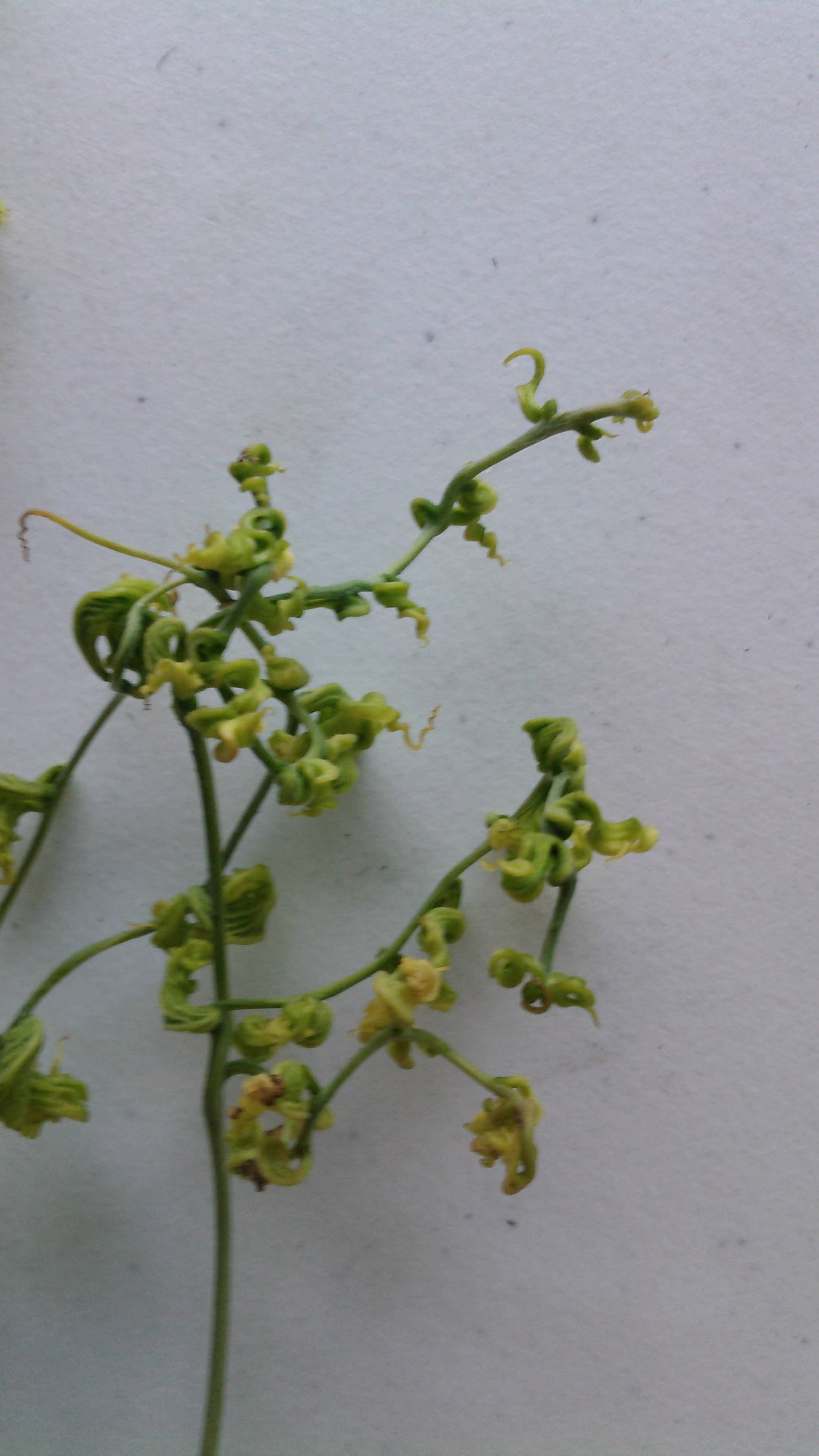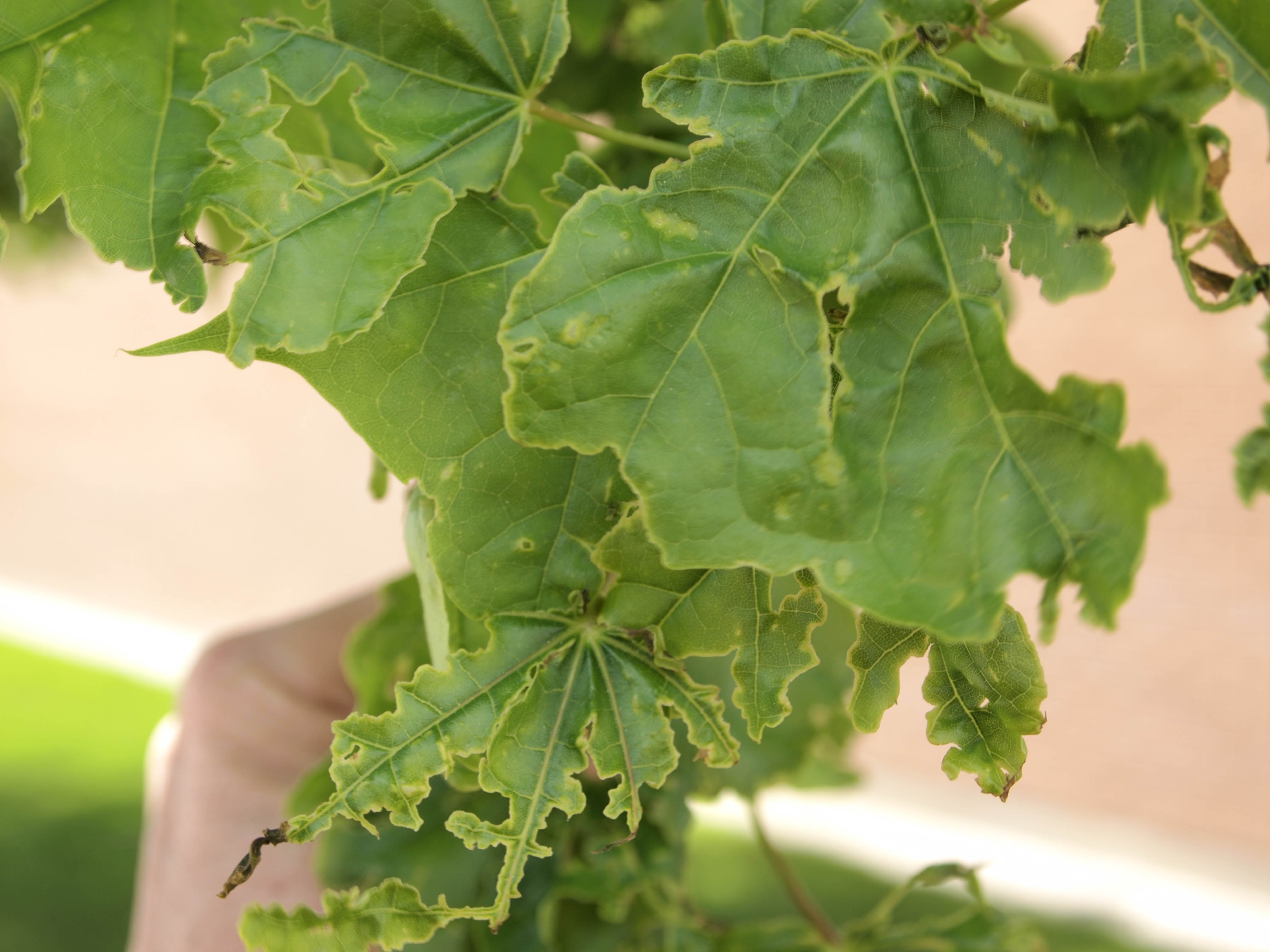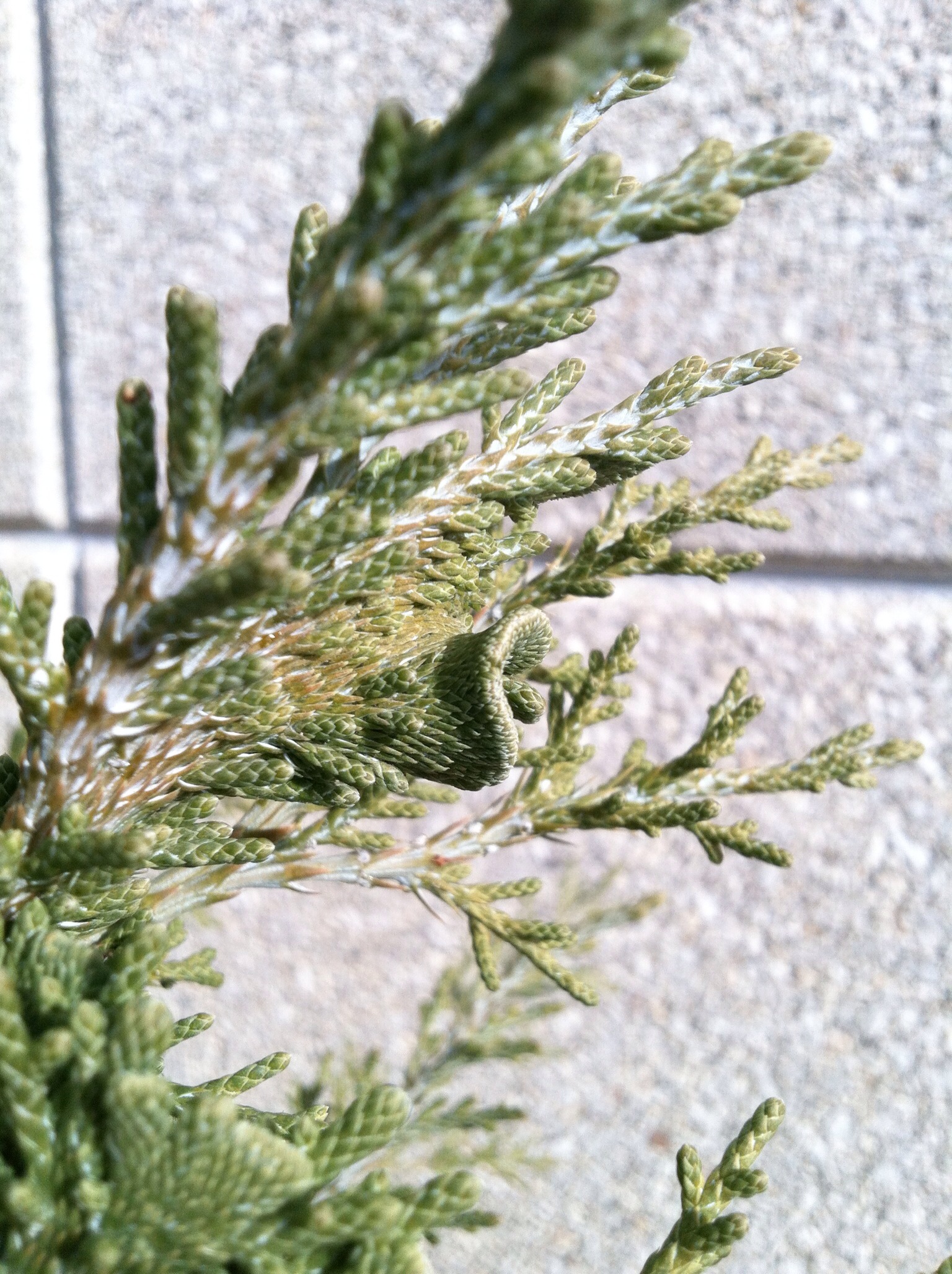Ask an Expert
Question from unknown -
I have a Kentucky Coffee tree in my landscape. It was healthy last year, but this spring just as the leaves were emerging, it was hit by a frost (about 30 degrees F) which killed the newly emerging leaves. A few weeks later new buds had formed but as the leaves emerged they are deformed, almost looking like epinasty from 2 4 D (but no herbicides have been used and the tree branches as 6+ feet above the ground). All leaves are affected. All the information I find on the web indicates that the Kentucky coffee tree is rarely affected by pest or disease, but something is obviously wrong. I have included 2 photos of leaves. Do you have any ideas what is wrong?




Answer from Dr. Mike Kuhns, USU Extension Forester and Professor (sent 6/29/17) -
John,
I thought this was going to be a case of deformation due to frost damage of tissues still in the buds, but after looking at the pictures, I don’t think so. For one thing, the type of damage that frost causes usually does not include twisting like this. It is more small holes and bumps. Also it doesn’t make sense since new leaves produced after the original leaves were killed would be from tissues produced after the frost. So I am still thinking herbicide. 2,4-D can drift quite a bit, especially on warm days when it volatilizes. The amine form is the most common and is not as bad as the esters (there are low and high vol esters).
Some plants develop cancer-like growths on some of their tissues and these growths often involve flattening and twisting. Though this is not completely understood, it appears to involve genetic changes in the tissue in certain areas on the plant, and pruning off those areas gets rid of the abnormal tissue in that area. These genetic changes seem to be triggered by viruses, maybe bacteria and fungi, certain insects (forming galls), etc. I don’t know if frost damage could trigger this kind of thing. There is a good article on this in the NY Times. I have attached a picture of one type of such growth called fasciation, that involves flattening of branches. This one is on a juniper here on campus. I also attached a photo of some frost damage on a maple.

